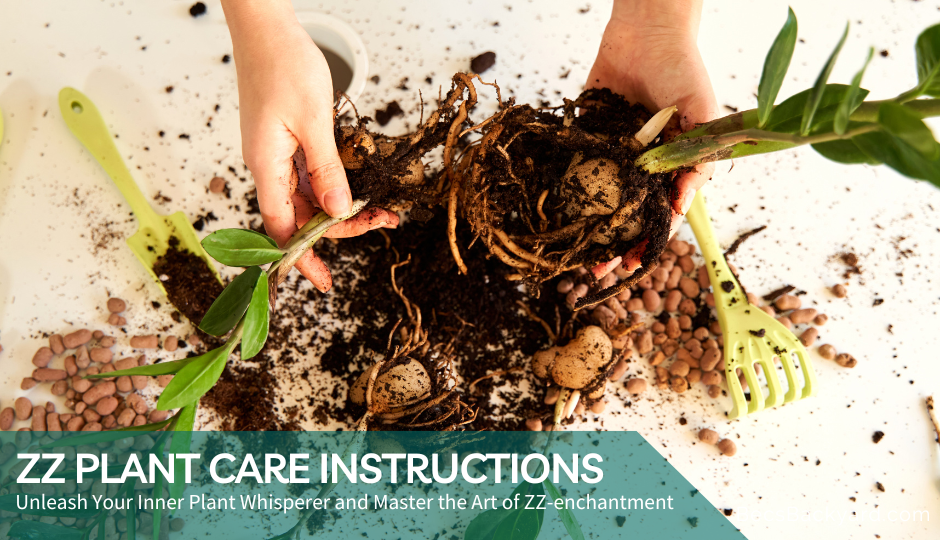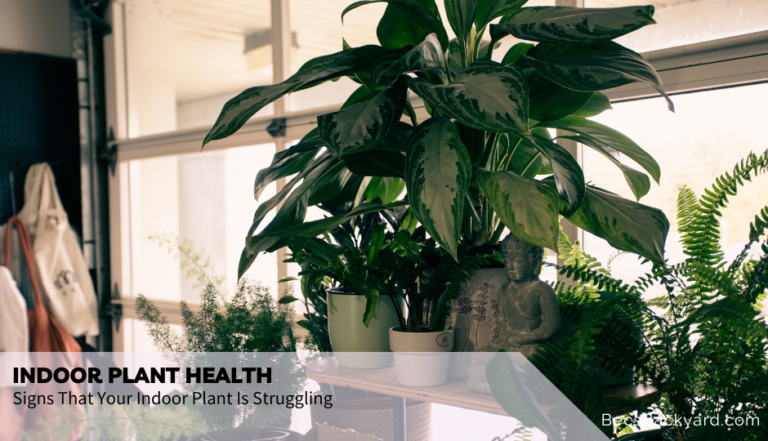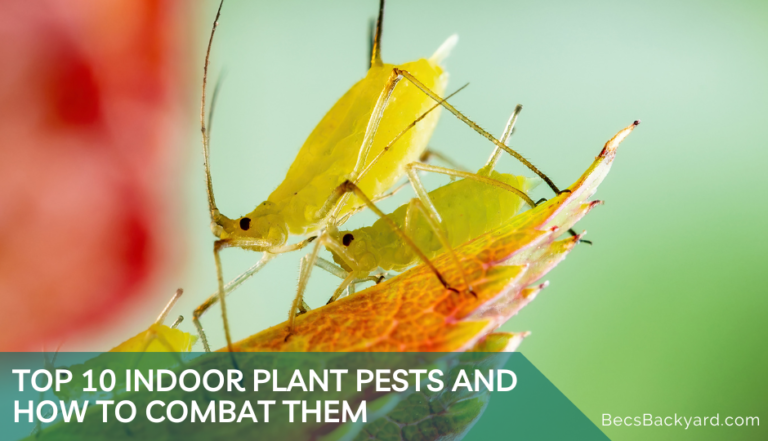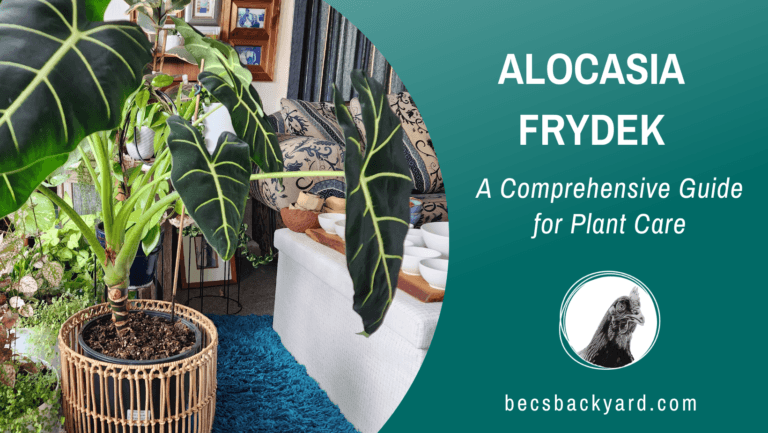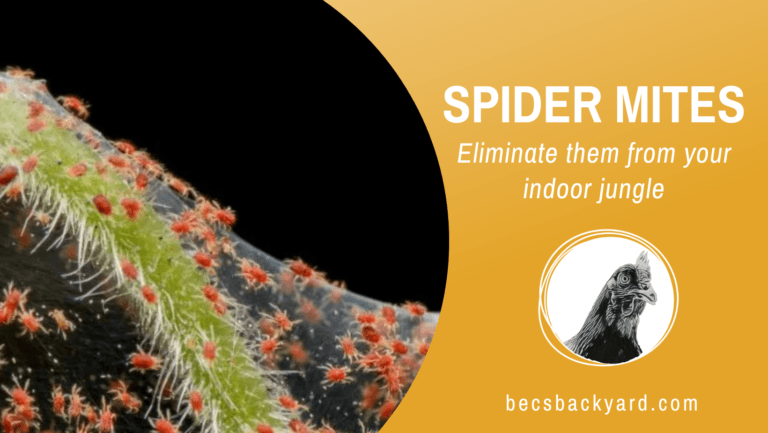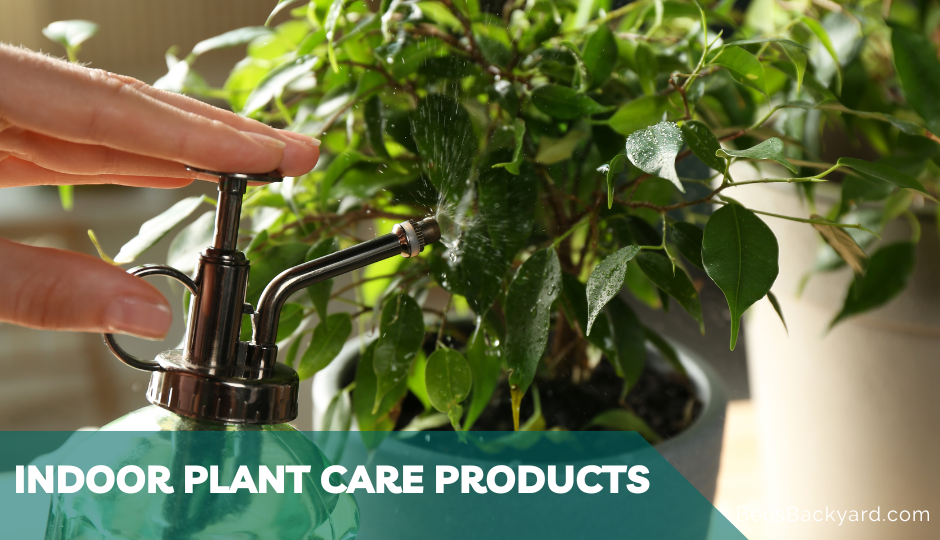ZZ Plant Care Instructions
Zamioculcas zamiifolia, commonly known as ZZ plant, is a popular choice for indoor plant enthusiasts. It features glossy, dark green leaves and a unique growth habit that makes it an attractive addition to any space. In this guide, we will explore the essential ZZ plant care instructions to help you keep your ZZ plant thriving.
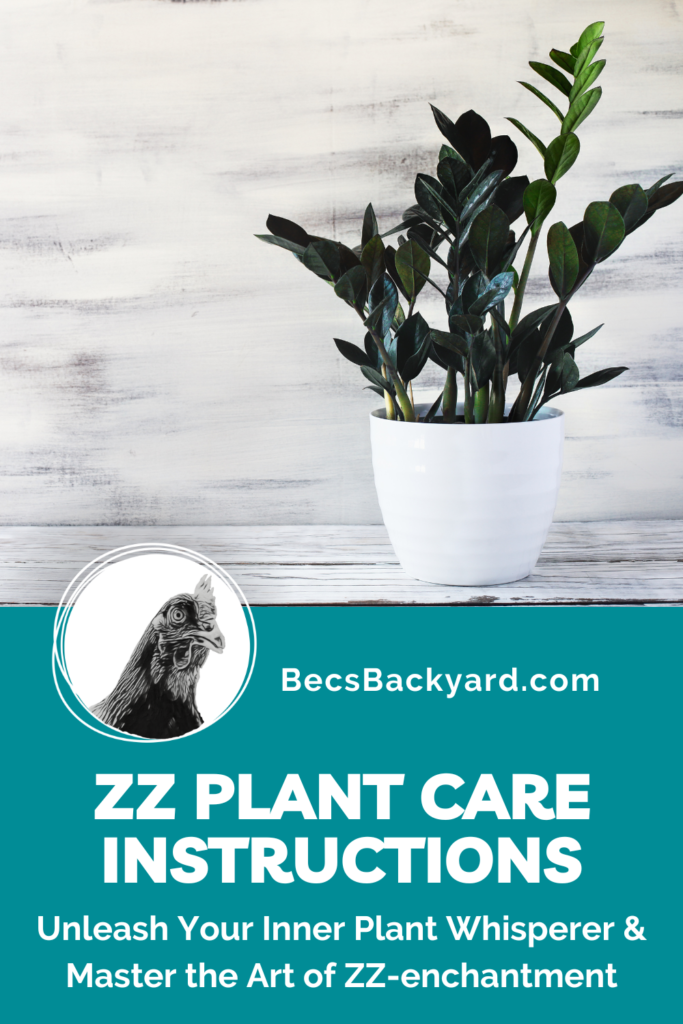
Zamioculcas zamiifolia Plant Care Instructions
Caring for your ZZ plant involves providing the right conditions for its growth. Here are the key aspects to consider:
Light
ZZ plants prefer bright, indirect light but can tolerate low light conditions as well. Avoid placing them in direct sunlight as it may scorch the leaves. Find a well-lit spot near a window with filtered light for optimal growth.
Soil
Choose a well-draining soil mix for your ZZ plant. A blend of potting soil, perlite, and peat moss works well. Ensure the soil has good aeration to prevent waterlogging, which can lead to root rot.
Water
ZZ plants are known for their ability to tolerate drought. Allow the soil to dry out partially between waterings. Overwatering can be detrimental to the plant’s health, so it’s important to strike a balance. Stick your finger into the soil to check for moisture before watering.
Temperature and Humidity
ZZ plants thrive in average room temperatures between 65°F to 75°F (18°C to 24°C). They can tolerate slightly lower or higher temperatures as well. Maintain moderate humidity levels around the plant, but they can adapt to lower humidity environments too.
Fertilizer
Feed your ZZ plant with a balanced, water-soluble fertilizer during the growing season (spring and summer). Dilute the fertilizer to half the recommended strength and apply it once a month. Avoid over-fertilization, as it can lead to nutrient burn.
Types of ZZ Plants
ZZ plants come in various cultivars, offering a range of leaf patterns and colors. Some popular types include ‘Raven,’ ‘Zamicro,’ and ‘Zanzibar Gem.’ Each cultivar has its unique characteristics and can add visual interest to your indoor space.
Raven (Zamioculcas zamiifolia ‘Raven’)

The Raven ZZ plant is known for its unique dark foliage, which is a deep purplish-black color. It is a cultivar that has gained popularity due to its striking appearance. The Raven ZZ plant requires similar care to the standard ZZ plant, thriving in low to bright indirect light and requiring minimal watering.
Zamicro (Zamioculcas zamiifolia ‘Zamicro’)

Zamicro is a dwarf variety of the ZZ plant, characterized by its compact size and smaller leaflets. This cultivar is perfect for those looking to add a touch of green to small spaces or tabletops. Zamicro has the same care requirements as the regular ZZ plant, including low to bright indirect light and moderate watering.
Zenzi (Zamioculcas zamiifolia ‘Zenzi’)

The Zenzi ZZ plant is a compact and bushy cultivar that features smaller, tightly spaced leaflets compared to the standard ZZ plant. It is an excellent choice for those seeking a fuller appearance. Zenzi thrives in low to bright indirect light and requires watering when the soil is partially dry.
Zanzibar Gem (Zamioculcas zamiifolia ‘Zanzibar Gem’)

Zanzibar Gem is a popular variety of ZZ plant known for its glossy, dark green foliage. It is one of the more common cultivars available in the market. Zanzibar Gem adapts well to various light conditions, from low to bright indirect light. It is also relatively forgiving when it comes to watering, as it can withstand occasional periods of drought.
Variegated ZZ Plant (Zamioculcas zamiifolia ‘Variegata’)

The Variegated ZZ plant stands out with its variegated foliage, featuring a mix of green and yellow or white stripes. It adds a touch of visual interest to any space. This cultivar requires similar care to the standard ZZ plant, preferring low to bright indirect light and moderate watering.
These are just a few examples of the different types of ZZ plants available. Each cultivar offers its own unique appearance, allowing plant enthusiasts to choose the one that best suits their preferences and aesthetic preferences. Remember to provide appropriate care based on the specific needs of the cultivar you have chosen.
Propagating ZZ Plants
ZZ plants can be propagated through two common methods: leaf cuttings and division. Here’s how you can propagate ZZ plants:
Leaf Cuttings
- Select a healthy leaf from the ZZ plant that is at least 3-4 inches long. Choose a mature leaf that shows no signs of damage or disease.
- Using a clean, sharp knife or scissors, make a clean cut at the base of the leaf, close to the main stem. Ensure that the leaf cutting has a portion of the petiole (leaf stem) attached.
- Allow the leaf cutting to dry for a day or two. This will help prevent rotting when it is planted.
- Prepare a small pot with a well-draining soil mix, such as a blend of potting soil and perlite.
- Make a small hole in the soil and insert the base of the leaf cutting into the hole. Gently press the soil around the cutting to secure it in place.
- Place the pot in a warm and bright location, but avoid direct sunlight. Provide indirect light to encourage root development.
- Mist the soil lightly to keep it slightly moist, but avoid overwatering as it can lead to rot.
- After a few weeks to a couple of months, new shoots or plantlets should start to emerge from the base of the leaf cutting.
- Once the new shoots have developed roots and grown a few inches in height, they can be separated from the leaf cutting and potted individually.
Division
- Choose a mature ZZ plant that has multiple stems and has become relatively large.
- Carefully remove the plant from its pot, ensuring that the root ball remains intact.
- Gently shake off excess soil to expose the root system.
- Examine the plant for natural divisions where the stems have grown apart.
- Using a clean, sharp knife or shears, carefully separate the plant into smaller sections, ensuring that each section has roots and stems.
- If necessary, trim any damaged or rotting roots from the separated sections.
- Prepare individual pots with a well-draining soil mix.
- Plant each section in its own pot, making sure the roots are covered with soil and the plant is stable.
- Water the newly potted divisions lightly, and place them in a warm and bright location with indirect light.
- Allow the divisions to establish and develop new growth, adjusting the watering frequency as needed to keep the soil slightly moist.
Remember to be patient during the propagation process, as it can take some time for new shoots to emerge or for the divisions to establish themselves. Providing the right conditions, such as adequate light, proper watering, and well-draining soil, will help increase the chances of successful propagation.
Potting and Repotting ZZ Plants
Repotting ZZ plants should be done every 2-3 years or when the plant becomes root-bound. Choose a pot that is one size larger than the current one, and use a well-draining soil mix. Gently remove the plant from its current pot, loosen the root ball, and place it in the new pot. Fill the remaining space with fresh soil, and water thoroughly.
Common Pests
ZZ plants are generally hardy and resistant to pests. However, occasionally they can be susceptible to some common houseplant pests. Here are a few pests to watch out for and how to deal with them:
Mealybugs (Pseudococcidae)
Mealybugs are small, soft-bodied insects that often appear as white cottony masses on plant leaves and stems. They feed on the sap of plants, causing yellowing leaves and stunted growth. To get rid of mealybugs, you can use a cotton swab dipped in rubbing alcohol or a solution of water and mild dish soap to gently remove them from the affected areas. For severe infestations, consider using an organic insecticidal soap or neem oil, following the instructions on the product label.
Spider Mites (Tetranychidae)
Spider mites are tiny pests that can create fine webbing on the leaves of ZZ plants. They feed on the plant’s sap, causing yellow spots, leaf discoloration, and leaf drop. To control spider mites, regularly mist the plant with water to increase humidity, as they thrive in dry conditions. You can also wipe the leaves with a damp cloth to remove the mites. In severe cases, use an organic miticide specifically formulated for spider mites, following the instructions provided.
Scale Insects (Coccidae)
Scale insects are small, immobile pests that attach themselves to the leaves and stems of plants, appearing as small bumps or scales. They feed on plant sap, causing yellowing leaves and weakening the plant. To remove scale insects, you can gently scrape them off with a soft brush or cloth. For more extensive infestations, use an organic insecticidal soap or neem oil, ensuring thorough coverage of the affected areas.
Fungus Gnats (Sciaridae)
Fungus gnats are small black flies that hover around plants and lay their eggs in the soil. The larvae feed on organic matter and can harm the ZZ plant’s roots, leading to root rot. To control fungus gnats, allow the soil to dry out partially between waterings, as the larvae thrive in moist conditions. You can also place yellow sticky traps near the plant to catch the adult gnats. If the infestation persists, consider using a biological control method such as beneficial nematodes, which feed on the larvae in the soil.
Aphids (Aphididae)
Aphids are small insects that can cluster on the undersides of leaves, sucking the sap from plants and causing curling leaves and stunted growth. To remove aphids, you can use a strong stream of water to dislodge them from the leaves. Alternatively, you can use an insecticidal soap or neem oil spray, applying it to the affected areas and ensuring thorough coverage.
Regularly inspecting your ZZ plant for any signs of pest infestation is crucial to catch and address the issue promptly. Early detection and intervention can help keep your plant healthy and pest-free.
Common Problems with ZZ Plants
While ZZ plants are generally resilient and low-maintenance, they can face some common issues. Here are a few problems you may encounter and how to address them:
Yellowing Leaves
Yellowing leaves in ZZ plants can be caused by overwatering, underwatering, or insufficient light. Evaluate your watering habits and adjust accordingly, allowing the soil to partially dry out between waterings. Ensure your plant receives adequate indirect light, as insufficient light can also lead to yellowing. Remove any yellow leaves, but remember that occasional leaf yellowing is a natural part of the plant’s growth cycle.
Root Rot
Root rot occurs when the roots of ZZ plants are consistently sitting in waterlogged soil. It can lead to wilting, yellowing, and mushy, blackened roots. To address root rot, carefully remove the affected plant from its pot, trim away any rotted roots, and repot it in fresh, well-draining soil. Adjust your watering habits to prevent overwatering and ensure proper drainage.
Stunted Growth
Several factors can contribute to stunted growth in ZZ plants, including insufficient light, nutrient deficiencies, or root-bound conditions. Ensure your plant receives adequate indirect light, preferably bright but not direct sunlight. Feed your ZZ plant with a balanced fertilizer during the growing season to provide essential nutrients. If the plant appears root-bound, consider repotting it into a slightly larger pot with fresh soil.
Leaf Curling
Leaf curling in ZZ plants can be a response to environmental conditions such as low humidity, excessively dry soil, or cold temperatures. Increase humidity levels around the plant by misting its leaves regularly or placing a humidifier nearby. Check the soil moisture and adjust watering to keep it slightly moist, but avoid overwatering. Keep your ZZ plant away from drafts or cold air, as exposure to cold temperatures can also cause leaf curling.
Pest Infestations
While ZZ plants are generally resistant to pests, they can occasionally be affected by common houseplant pests such as mealybugs, spider mites, scale insects, or aphids. Regularly inspect your plant for any signs of pest activity, such as webbing, sticky residue, or visible insects. Treat infestations by using organic insecticidal soap or neem oil, following the instructions on the product label. For severe infestations, you may need to repeat the treatment several times.
By being observant and proactive in addressing these common problems, you can help ensure the health and vitality of your ZZ plant. Regular monitoring, proper care, and timely intervention will keep your plant thriving and beautiful.
FAQs
How often should I water my ZZ plant?
ZZ plants prefer to be slightly dry between waterings. Water your ZZ plant when the top inch of soil feels dry to the touch. Overwatering can lead to root rot, so it’s important to avoid excessive moisture.
How much light does a ZZ plant need?
ZZ plants thrive in a wide range of lighting conditions, from low to bright indirect light. They can tolerate low-light environments, but they also benefit from some exposure to indirect sunlight. Avoid placing them in direct sunlight, as it can scorch their leaves.
How often should I fertilize my ZZ plant?
ZZ plants are not heavy feeders and can thrive with minimal fertilization. During the growing season (spring and summer), you can fertilize your ZZ plant once a month using a balanced houseplant fertilizer. Dilute the fertilizer to half or quarter strength to prevent over-fertilization.
How do I propagate a ZZ plant?
ZZ plants can be propagated through leaf cuttings or by dividing the plant. Leaf cuttings involve selecting a healthy leaf, allowing it to dry, and then planting it in a well-draining soil mix. Division requires separating a mature ZZ plant into smaller sections, each with roots and stems, and replanting them individually.
Conclusion
In conclusion, mastering the care of ZZ plants is a rewarding journey that brings nature’s beauty into your home with minimal effort. By following the zz plant care instructions outlined in this guide, you can create the perfect environment for your ZZ plant to thrive. From providing the right amount of light and water to understanding the different types of ZZ plants and how to propagate them, you now have the knowledge to be a successful ZZ plant caregiver. Stay vigilant for common problems, address them promptly, and enjoy the lush greenery and air-purifying benefits that ZZ plants offer. With a little love and attention, your ZZ plant will continue to delight you for years to come. So go ahead, embrace your green thumb, and let the ZZ plant enchantment begin!

